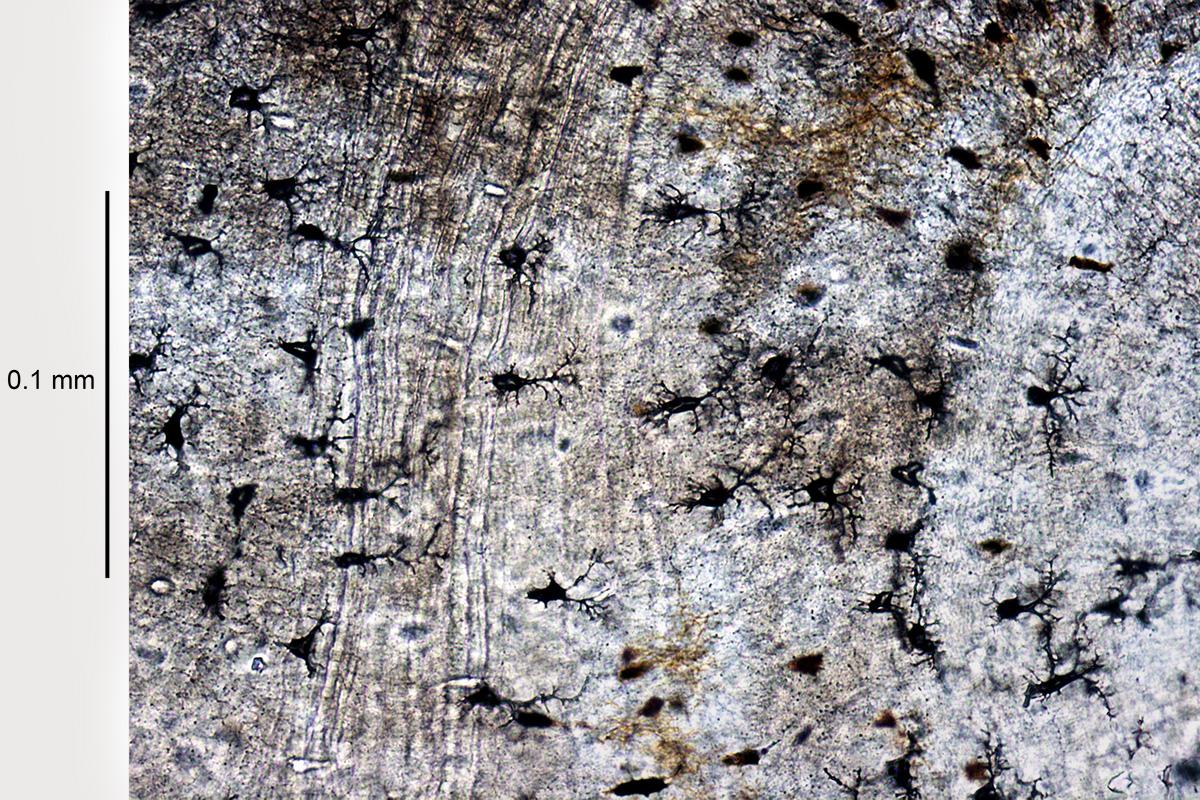Topics and objectives
Most vertebrates have cellular bone in which bone cells (osteocytes) are enclosed in cave-like lacunae within the bone matrix and are connected to each other via dendritic cell processes that extend in a highly complex network of tubules (canaliculi). Given the multitude of functions of this lacunocanalicular network in bone metabolism of extant vertebrates, it is inferred that patterns of osteocyte distribution and morphology allow new insights into the bone biology of fossil vertebrates like metabolic rate, bone modeling and remodeling, and local strain regimes that acted on the skeleton. The results will be regarded in the context of body size, ontogenetic age, and habitat (e.g., aquatic versus terrestrial) and against the background of major evolutionary transitions.
Methodology
The lacunocanalicular network will be investigated quantitatively and qualitatively throughout vertebrate history to gain a deep time perspective on the evolution of osteocytes, spanning the range from jawless vertebrates to mammals. Fossil bone will be investigated by light microscopy, scanning electron microscopy (SEM), and synchrotron X-ray phase contrast tomography. The focus will lie on lacunar density and arrangement, lacunar shape and size, morphology of canaliculi, as well as the type of bone matrix in which the lacunocanalicular system is embedded. The results obtained from fossil taxa will be compared with osteological thin sections derived from extant vertebrates for which the metabolic rate is known, and with data from modern bone cell biology.
photo above: Thin section of dermal bone with osteocyte lacunae and canaliculi of the Triassic temnospondyl amphibian Gerrothorax (Photo: F. Witzmann)
Project title
Deep time evolution of bone cells and the implications for bone metabolism in vertebrate history
Funding
German Research Foundation (DFG)
Cooperation partners
- Prof. Anusuya Chinsamy-Turan, Biological Sciences Department, University of Cape Town, Südafrika
- Dr. Mason Dean, Max Planck Institute of Colloids and Interfaces, Potsdam
- Prof. Dr. Nadia Fröbisch, Museum für Naturkunde, Berlin
- Dr. Ingo Manke und Dr. Nikolay Kardjilov, Helmholtz Zentrum für Materialien und Energie Berlin (HZB)
- Dr. Marcello Ruta, University of Lincoln, England
- Dr. Koen Stein, Royal Belgian Institute of Natural Sciences, Brüssel, Belgien
